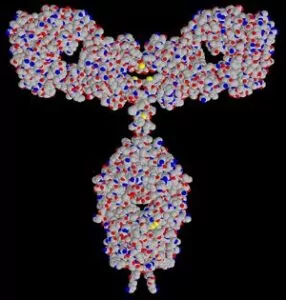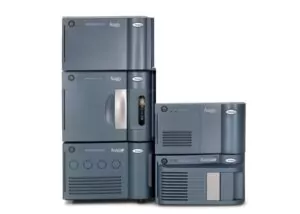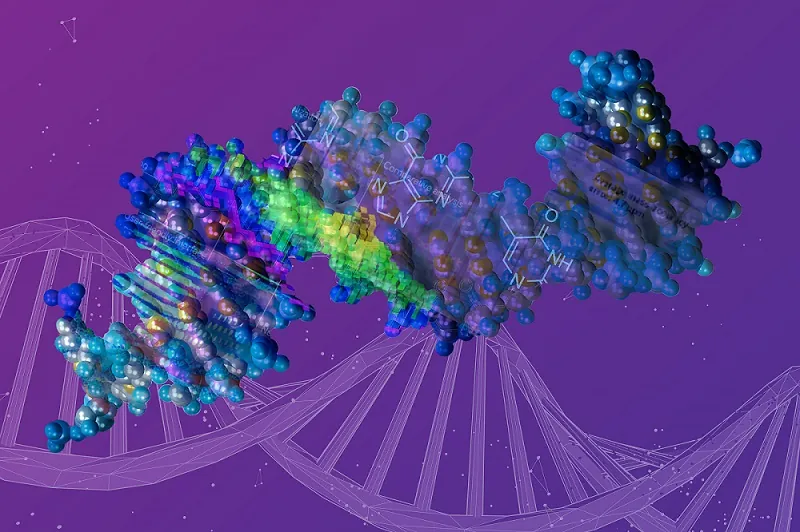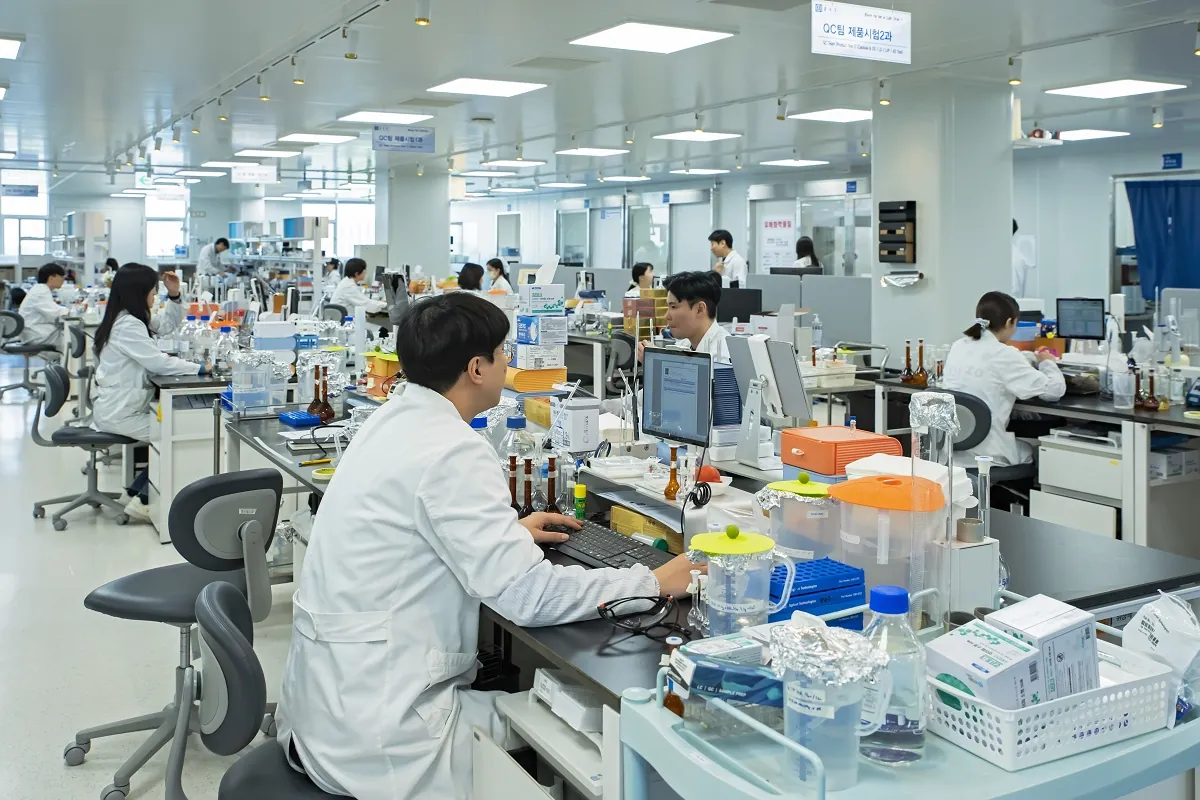Mass detection and mAb QC: How a cost-effective and robust peptide mapping method confirms CDR peptides – and can be validated


The quality issues of biopharmaceutical therapeutics are definitely different from chemical drugs because of the increased complexity of manufacturing processes and complexity of the biologic molecules themselves. There is an increasing need for detailed product characterization and control of the manufacturing process.
Sheng Hou et.al. have developed and validated a practical, cost efficient, robust adalimumab peptide mapping method for routine QC analysis. The method was fully validated to meet the requirements of ICH-Q2 and has been successfully applied to the routine QC analysis of adalimumab biosimilar development. The study was published online in Chromatographia recently.
LC-based peptide mapping is extensively used for establishing protein identity, assessing purity, and detecting post-translational modifications (PTMs) of recombinant proteins in the biopharmaceutical industry. The characterization of complementary determining region (CDR) peptides is necessary because they are characteristic markers in distinguishing different monoclonal antibodies (mAbs) and should be identified.
However, how to accurately identify the peptides of CDR regions during routine quality control (QC) analysis is still a challenge.
A new LC method using mass detection, with the ACQUITY QDa Detector, could be helpful towards the development of adalimumab biosimilars, and can be used as a method model for routine QC analysis of other recombinant mAbs.

The ACQUITY QDa is the first mass detector to bring high-quality, mass spectral data to chromatographic separations, introduced in 2013 by Waters Corporation. The ACQUITY QDa offers the ability to employ easy-to-use mass spec analysis as an orthogonal detection technique in a single workflow for peptide and glycan analyses.
In this study, results demonstrate LC with mass detection, coupled with TUV, provides a simple, cost-effective, and robust method for qualitative confirmation of CDR peptides. A total of eight CDR specific peptides can be identified when the CDR regions of adalimumab were enzymatically digested.
Moreover, the team also evaluated the method of other parameters to ensure the method is practical and effective. Eight peptides within CDR of adalimumab were accurately validated, as well as trastuzumab and cetuximab, and assessment of other ten antibody drugs affirmed this method has high specificity.
This novel LC-UV-mass detect mnethod is a simple, cost-effective and robust peptide mapping method for other recombinant monoclonal antibodies during routine quality control analysis.
For more information:
- Sheng Houal. Development and Validation of a Peptide Mapping Method for the Characterization of Adalimumab with QDa Detector. Chromatographia. DOI 10.1007/s10337-016-3046-8
- Using mass detection to monitor peptides and glycans
Popular Topics
ACQUITY QDa (17) bioanalysis (11) biologics (14) biopharma (26) biopharmaceutical (36) biotherapeutics (17) case study (17) chromatography (14) data integrity (22) food analysis (12) HPLC (15) LC-MS (22) liquid chromatography (LC) (20) mass detection (16) mass spectrometry (MS) (54) method development (13) STEM (12) sustainability (12)


